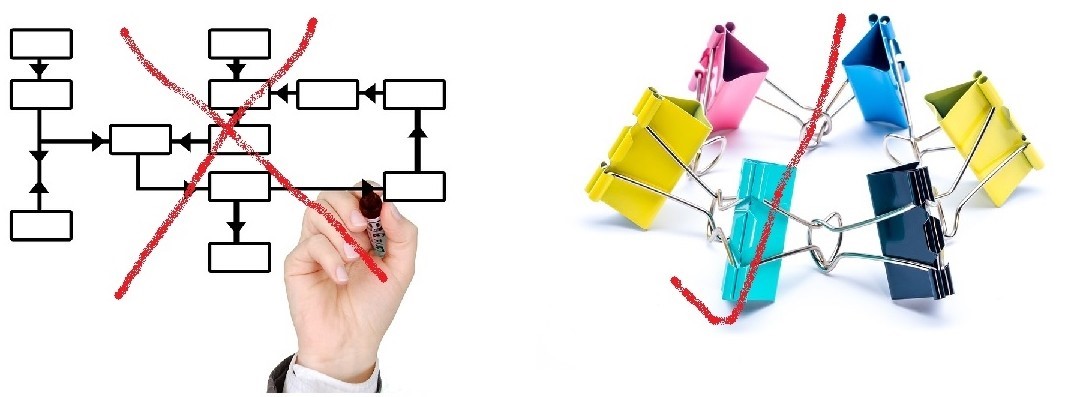How should we understand and categorise the underlying character of the myriad video conferencing platforms which are currently springing up, offering all sorts of ways to organise and facilitate online working?
The answer may depend on use context to a degree—a group or team that has an ongoing relationship might be comfortable with something that requires an investment of time to learn its features before it adds value, while a more ad hoc group would see that as onerous and inconvenient. Our focus tends toward the second of these—we often run workshops that are standalone or as a short series to support time limited projects. For these purposes, we don’t have an interest in ‘training’ our participants before they can use an online tool.
This leads us to two, interlinked criteria. The first is straightforward: how easy is something to use? If a platform is immediately usable, at least at a basic level and can be accessed very quickly, we are keen to use it. For example, if we need a collaboration tool (a ‘whiteboard’) to support discussion we’re unlikely to turn to market leaders like MIRO or MURAL. These are excellent products but a workshop participant who has not encountered them would find it difficult to simply click on a link and know what to do next. In contrast, STORMZ is intuitive from the word go, and we have used it with success in workshops where no one had previously encountered it.
Although we have reservations about ZOOM (below) it scores well on this first criterion, people get in and get the idea pretty quickly.
Our second criterion is less obvious. In his brilliant book Complex Adaptive Leadership, Nick Obolensky makes a crucial distinction between hierarchy (government of the many by the few) and polyarchy (government of the many, by the many). Put briefly, some problems and contexts are optimally handled by the first, others—especially complex problems—are better handled by the second. This distinction has enormous value for categorising software and deciding the potential utility any platform has for meeting varied needs. We argue below that hierarchy-based platforms abound, while those that support polyarchy are few and far between.
Going back to ZOOM: in a COVID challenged world, ZOOM has flourished, bringing online interaction into formal as well as informal contexts. As we have discovered, it works very well for some aspects of workshop discussions and for FaceWine sessions (early evening chats with friends with a glass of wine in hand!) Nonetheless, we found areas where it frustrated us—yes, there are break out rooms but there is a communication ‘firewall’ between them, and they are allocated and managed by a central facilitator. Without granting autonomy to move between rooms by making everyone co-hosts (see cocktail party) breakout rooms violate the Open Space law of two feet which works so well in face-to-face workshops. And even co-hosting leaves room creation, etc., centralised. Given that we often favour Open Space, and this is especially relevant for fluidity and complexity, these limitations of ZOOM chafe. On reflection we see that ZOOM is, deep down a hierarchical approach.
In contrast, we seek more flexibility to deliver fluid workshops and to engage with complex problems. ZOOM and its kindred are not optimal, requiring work arounds and patches. What we desire is a platform that offers us a polyarchic architecture.
There is good news. In contrast to ZOOM there are new kids on the block. Adrian Segar, the guru of the excellent CONFERENCES THAT WORK, recently reviewed GATHERLY and YOTRIBE both of which embed the law of two feet (or at least the law of the liberated cursor) into their operations. The Australian start up VIDEO FACILITATOR also gives great flexibility in this zone.
Beyond this, there are signs that the need for autonomy and flexibility are in the minds of developers, even if they do not yet know exactly what to do about them. In events management software, for example, HOPIN and especially RUN THE WORLD seem to go beyond just paying lip service to the idea and offer more chance for interaction that fits a polyarchic model.
Watch this space—it is changing by the hour.
UPDATE December 2020. Adrian Segar has done a new review of the updated Gatherly (now also Gatherly Vesta) and YoTribe (now Wonder)

